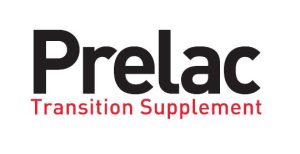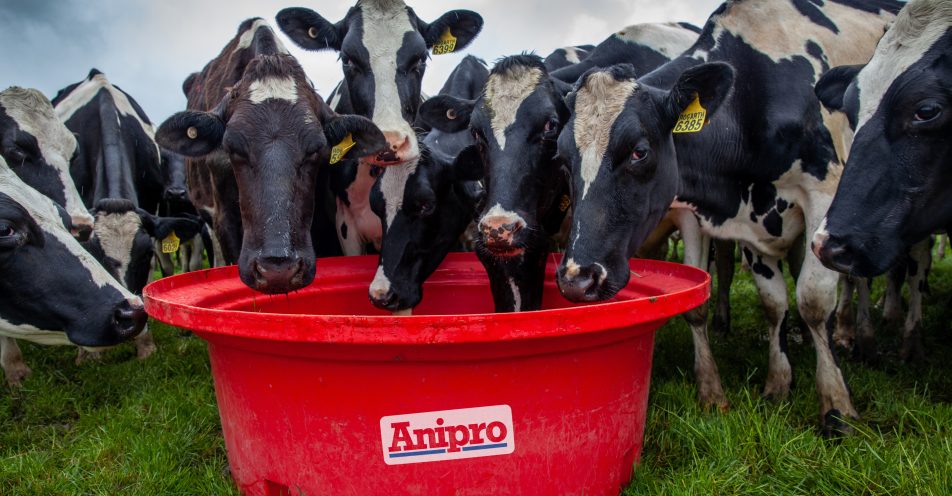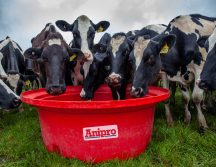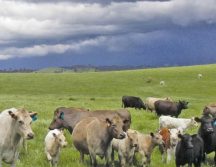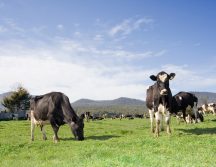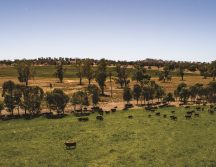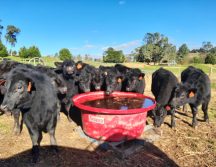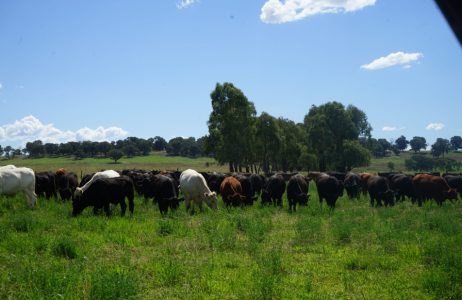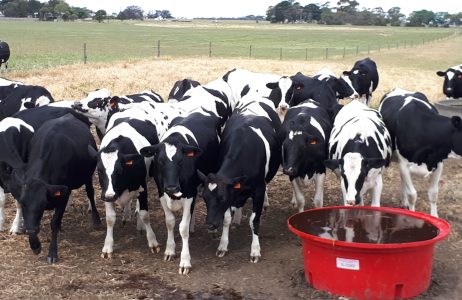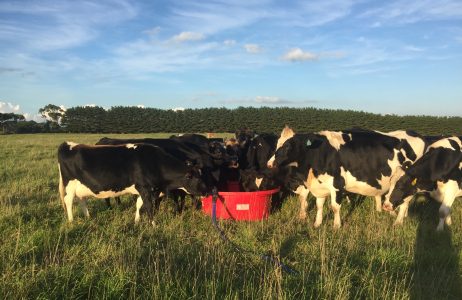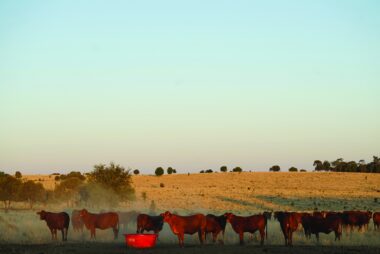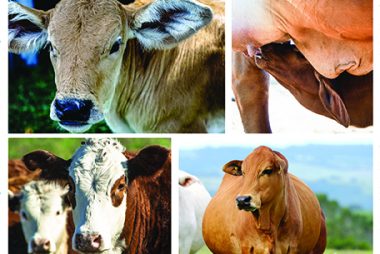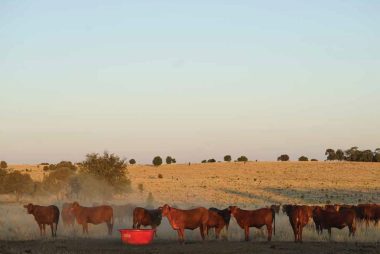Prelac Dairy Cattle – the answer for effective transition supplementation
What is Prelac?
Many of the diseases and disorders associated with calving have economic consequences which reach far into lactation.
- Milk Fever;
- Ketosis;
- Retained Foetal Membrane;
- Metrities;
- Mastitis;
- Displaced Abomasum.
The incidence and severity of many of these disorders can be significantly reduced by improving nutrition and management during the dry and transition phases.
Prior to dry-off, it is important that cattle are in good condition, with an average condition score of between 5-5.5. Drying off too lean or overweight can lead to an increase in calving disorders and a reduction in reproductive performance during the following lactation.
As a guide, check cow condition scores 200 days into lactation. It is at this stage that decisions need to be made to ensure the herd is dried off in the correct condition. Remember that lactating cows in milk are much more efficient at converting feed into milk and meat than when they are dry. If cows are too light at this stage and will not achieve a condition score of 5-5.5 at dry-off, consult your feed-mill or nutritional advisor.
During the dry period (between drying off and 21 days prior to calving), ensure that cattle have sufficient nutrition (including energy, protein, vitamins and minerals) to maintain condition and grow the pre-natal calf.
The Transition Cow
Managing Dry Cows
A ration of Anipro®, pasture and hay can often provide enough nutrition to meet the needs of cattle during this period. It also reduces the feast or famine effect that is often seen during the dry phase.
Anipro® is a palatable, consumption controlled NPN, mineral and vitamin supplement. When provided during the dry phase, Anipro® allows cattle to better utilise poorer forages, therefore maintaining weight during this critical time.
Managing Springing Cows
21 days prior to calving, cows enter the Transition Phase. The key objectives of the transition diet are to:
- Sustain feed intake;
- Ensure energy requirements are met. During the last three weeks of gestation energy requirement significantly increases. Energy is required for maintaining condition, colostrum production, the calving process, calcium mobilisation, lactation and strong immunity;
- Balance dietary electrolytes, or, cations and anions (DCAD). Electrolytes play a major role in reducing calving related disorders such as milk fever;
- Provide vitamins and minerals essential for many metabolic and physiological processes including colostrum production, stress recovery and immunity;
- Transition the rumen to the lactation diet.
A good transition diet should include digestible fibre, soluble energy, protein, minerals, vitamins and anionic salts. A combination of pre-calving supplement such as Prelac, with grain and hay is a great mix.
Prelac contains HCI
In most situation, fibre is supplied in the form of average quality hay or straw. These should be available ad libitum throughout the transition phase.
Energy can easily be supplied by including a portion of grain to the diet. Minerals, vitamins and anionic salts can be included in several ways. In the past, the most common way has been to include these within the grain ration.
However, this can lead to rations becoming distasteful and therefore animals may refuse to consume the ration, thus missing out on the benefits of the ration. It can also be difficult to ensure that all animals are able to receive sufficient quantity in open feeding situations.
Prelac is a palatable liquid supplement designed to provide cows with supplementary levels of essential vitamins, minerals and anionic salts during the Transition Phase.
Prelac contains HCI, one of the most effective anionic agents currently available to aid in calcium mobilisation and the prevention of milk fever (hypocalcaemia) and magnesium to assist in the control of grass tetany ( Hypomagnesia).
With a DCAD of 2600Meq/KgDM, Prelac is a highly effective means of ensuring calcium mobilisation and therefore reducing milk fever incidence.
Prelac is also formulated to supply extra Zinc (Zn), Cobalt (Co), Copper (CU), Manganese (Mn) and Selenium (se) as Organic trace Mineral (OTM). OTM’s are high available and assist to support essential metabolic processes during this stressful period.
Summarising 40 Years of OTM research shows that cattle supplemented with an OTM 365 days of the year conceive 23 days earlier, have a 15-70% reduction in SCC, suffer from less white line disease and produce 1-2 litres extra milk per day throughout lactation.
Enquire Now

